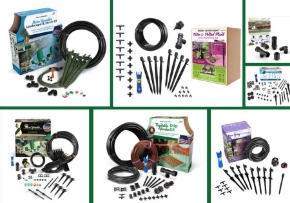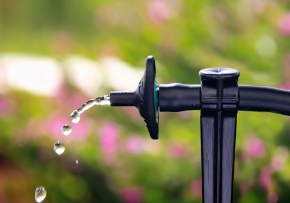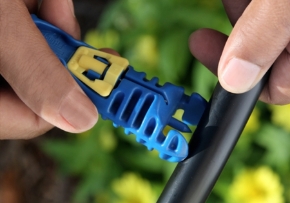We have all seen those cute, sometimes funny Terra Cotta Pot people on Facebook, Pinterest, or even in a Garden or two. How in the world are they put together. This Blog is designed to show you how, step by step to do just that, so you can have one of these unique creations in your garden to astound your neighbors with your ability to create unique garden art.
Step 1: Cut two long ropes for arms, and two longer ropes for legs.
Step 2: Arms – String 4” squat terra cotta pots through holes, knotting between pots for spacing.
Step 3: Legs – string 4” terra cotta pots through holes, knotting between pots for spacing.
Step 4: Thread both arm ropes through the bottom of a 6” pot for the head.
Step 5: Thread both leg ropes through bottom of a 8” pot for the body.
Step 6: Continue leg ropes though second 8” body pot.
Step 7: Attach two body pots with outdoor-grade glue and let dry. Tie off the leg ropes extending Through the top hole.
Step 8: Glue the head and arms to the body
Step 9: Glue moss between the pots as needed
Step 10: Ad scarf, hat, glasses and or a plant head.














